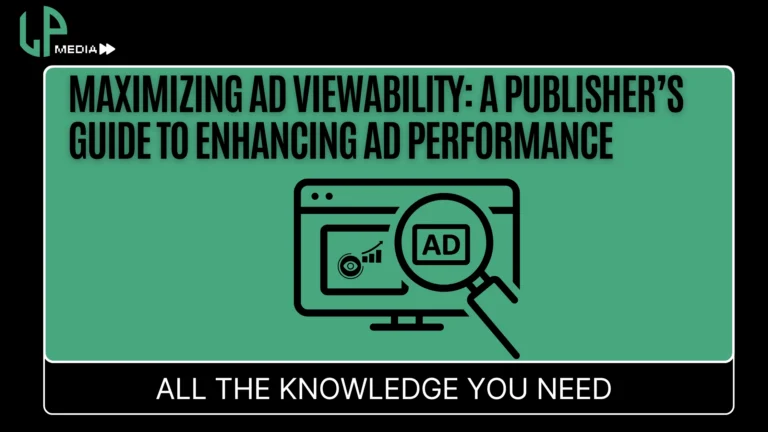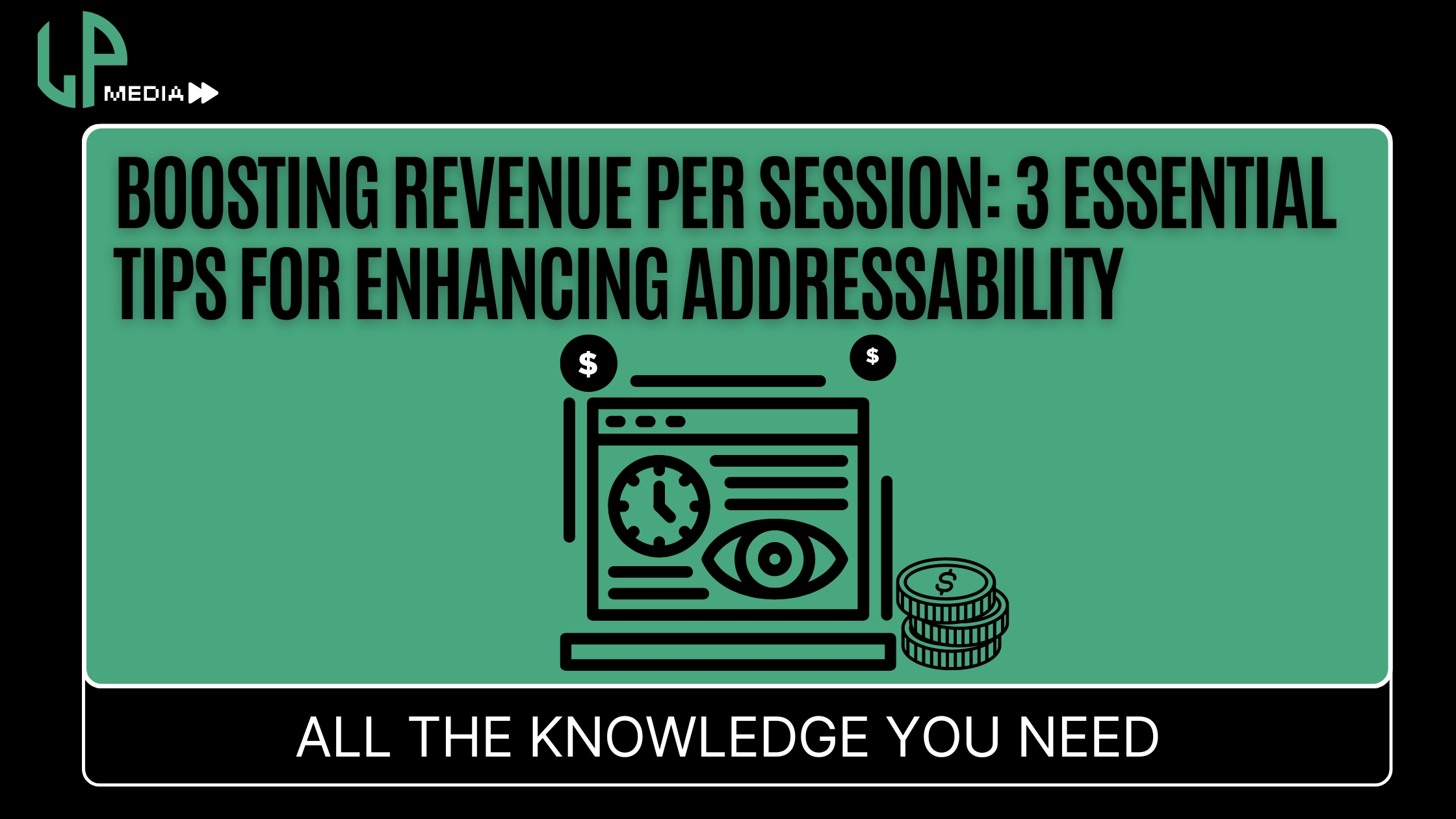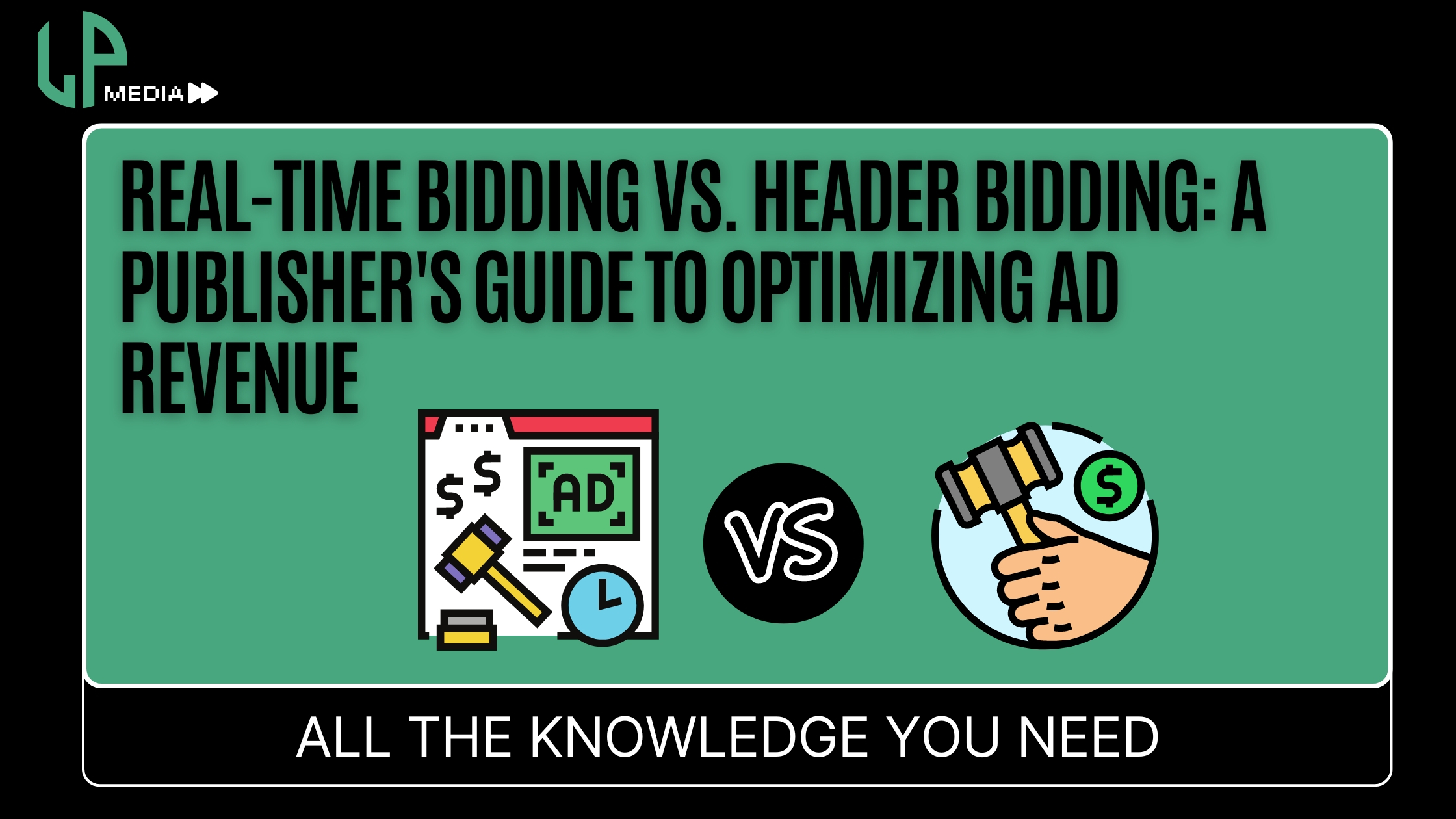1. Understanding the Basics of Online Advertising
Online advertising involves placing promotional content on websites to reach potential customers. It’s a win-win situation: advertisers get exposure, and website owners earn money. The effectiveness of online advertising depends on various factors, including website traffic, audience engagement, and ad placement.
2. Types of Ad Formats
There are several ad formats to consider when selling ad space. Each format has its benefits and drawbacks, so understanding them is crucial for maximizing your revenue.
- Banner Ads: These are graphic advertisements displayed in various spots on your webpage. They come in different sizes, such as leaderboard (728×90 pixels), skyscraper (120×600 pixels), and rectangle (300×250 pixels).
- Text Ads: These are simple text-based advertisements. They are less intrusive and blend seamlessly with website content.
- Video Ads: With the rise of video content, video ads have become increasingly popular. They can be embedded within video content or appear as standalone ads.
- Pop-up and Pop-under Ads: These ads appear in a new window, either in front of or behind the current window. While they can be effective, they are often seen as intrusive.
- Native Ads: These ads match the look and feel of the website’s content, providing a more integrated and less intrusive user experience.
3. Determining the Value of Your Ad Space
Determining the value of your ad space is crucial for setting competitive prices. Several factors influence ad pricing:
- Website Traffic: The number of visitors your website attracts is a primary determinant of ad value. More traffic generally means higher ad prices.
- Engagement Rates: High engagement rates indicate that users interact with your content, making your site more attractive to advertisers.
- Audience Demographics: Knowing your audience demographics (age, gender, location, interests) can help you tailor ad offerings to specific advertisers.
- Industry: Some industries pay more for ads. For instance, financial services and technology sectors often have higher advertising budgets.
4. Identifying Your Target Audience
Understanding your audience is key to attracting advertisers. Use tools like Google Analytics to gather data on your visitors. Identify their interests, behavior, and demographics to create a detailed audience profile.
5. Setting Up Your Website for Ad Sales
Before approaching advertisers, ensure your website is optimized for ad placements:
- Ad Placement: Identify prime locations on your website for ad placement. Common areas include the header, sidebar, and within content.
- Ad Management System: Use an ad management system like Google Ad Manager to manage and track ad performance.
- Responsive Design: Ensure your website is mobile-friendly. A responsive design adapts to different screen sizes, providing a seamless user experience.
6. Approaching Potential Advertisers
Once your website is ready, start reaching out to potential advertisers. Here’s how:
- Create a Media Kit: A media kit is a document that provides potential advertisers with information about your website, including traffic statistics, audience demographics, ad formats, and pricing.
- Network: Attend industry events, join online forums, and use social media to connect with potential advertisers.
- Use Ad Networks: Join ad networks like Google AdSense, Media.net, or BuySellAds to find advertisers.
7. Negotiating Ad Deals
Negotiating ad deals involves discussing terms and conditions with advertisers. Consider the following:
- Pricing Models: Common pricing models include Cost Per Thousand Impressions (CPM), Cost Per Click (CPC), and Cost Per Acquisition (CPA).
- Contract Terms: Define the contract length, payment terms, and conditions for ad placement.
- Performance Metrics: Agree on performance metrics to track the effectiveness of the ads.
8. Managing and Optimizing Ads
Managing and optimizing ads is essential for maintaining a steady revenue stream. Regularly review ad performance and make adjustments as needed.
- A/B Testing: Conduct A/B testing to determine the most effective ad placements and formats.
- Analytics: Use analytics tools to track ad performance and gather insights on user behavior.
- Ad Rotation: Rotate ads to avoid ad fatigue and keep the content fresh for users.
9. Legal and Ethical Considerations
When selling ad space, it’s important to adhere to legal and ethical standards:
- Privacy Policies: Ensure your website has a clear privacy policy that outlines how user data is collected and used.
- Ad Quality: Avoid deceptive or misleading ads. Ensure all ads meet quality standards and align with your website’s content.
- Compliance: Comply with advertising regulations, such as the Federal Trade Commission (FTC) guidelines.
10. Future Trends in Online Advertising
The online advertising landscape is constantly evolving. Stay ahead of the curve by keeping an eye on these future trends:
- Programmatic Advertising: Automated ad buying using AI and machine learning is becoming more prevalent, offering precise targeting and real-time optimization.
- Personalization: Personalized ads based on user behavior and preferences are more effective and engaging.
- Interactive Ads: Interactive ads, such as quizzes and polls, are gaining popularity for their ability to engage users.
- Privacy-Focused Advertising: With increasing concerns about privacy, advertisers are shifting towards more transparent and privacy-focused advertising practices.
Selling ad space on your website can be a lucrative endeavor if done correctly. By understanding the basics of online advertising, identifying your target audience, and optimizing your website, you can attract advertisers and generate substantial revenue. Stay informed about industry trends and continuously refine your strategy to stay competitive in the ever-changing digital landscape.


